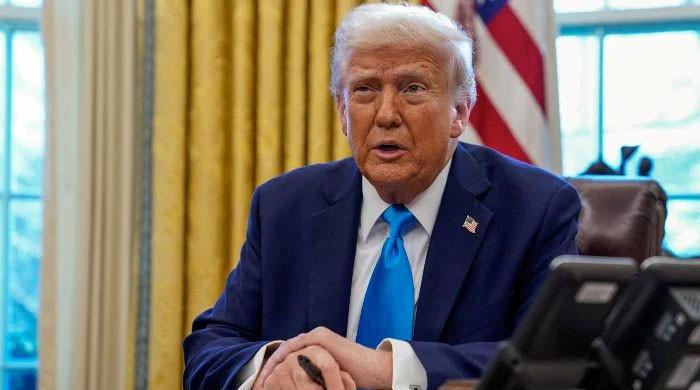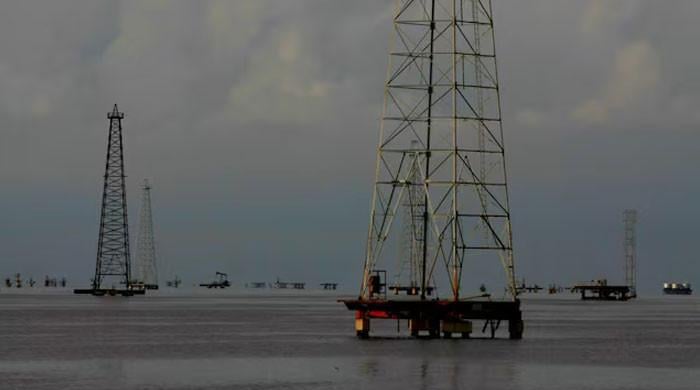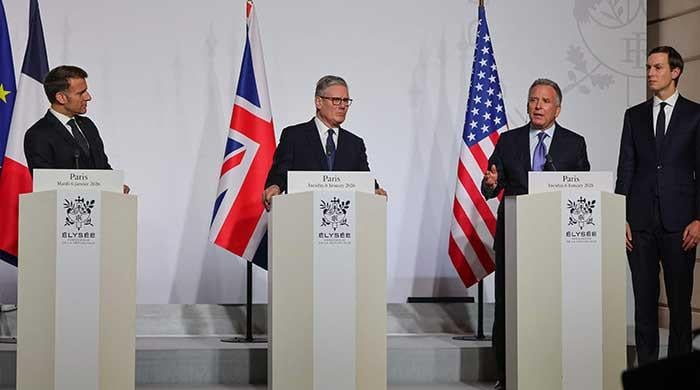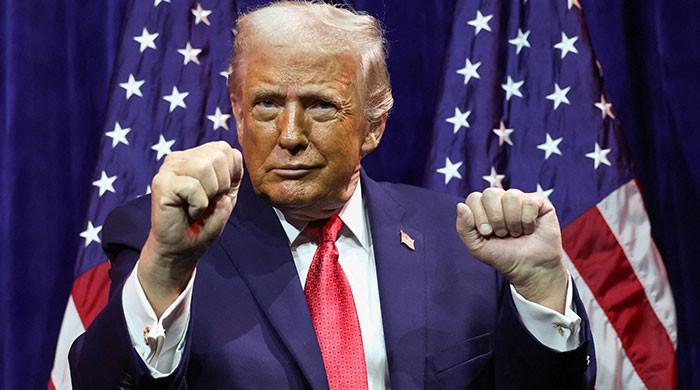Iranian president takes taxi after contaminated fuel led to motorcade failure
Pezeshkian declines to seek assistance from local authorities
July 18, 2025
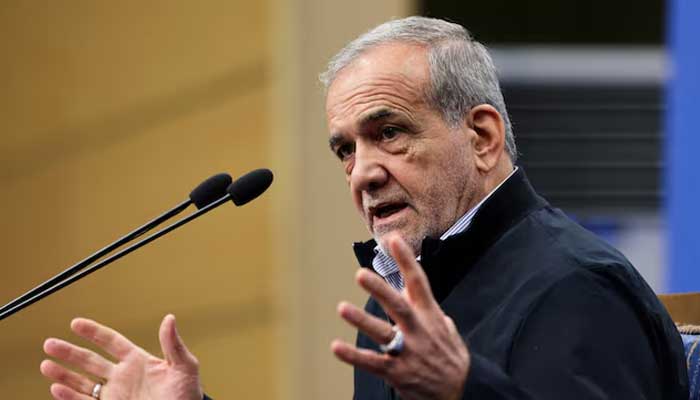
- Vehicles stalled near Takestan in Qazvin province, says official.
- Pezeshkian did not contact provincial governor: president's inspector.
- Drivers regularly complain of watered-down gasoline in Iran.
Iranian President Masoud Pezeshkian was forced to complete part of a recent trip to Tabriz by taxi after all three of his official vehicles broke down due to contaminated fuel, according to a senior government official.
Mostafa Moulavi, the president’s special inspector, said the vehicles — including the president’s and those of his security team — stalled near Takestan in Qazvin province shortly after refuelling at a highway gas station near the Rasht exit, reported Iran International.
“Our investigation revealed that the gas station had been distributing poor-quality fuel mixed with water. It wasn’t the first time — the station had a history of similar violations,” Moulavi said during a recent visit to Qazvin’s provincial government offices.
Despite the mechanical failure, President Pezeshkian declined to seek assistance from local authorities and instead hired a private taxi to continue his journey to Tabriz. “He did not contact the provincial governor or request help,” Moulavi added.
The National Iranian Oil Products Distribution Company (NIOPDC) later confirmed that the gas station had been the subject of past complaints over fuel quality, though no clear reason was given for why it continued to operate.
Neither the president’s office nor the Ministry of Petroleum has issued a public statement on the matter.
Ongoing fuel concerns in Iran
Fuel contamination remains a persistent problem across Iran. Drivers regularly complain of watered-down gasoline and tampered pump meters, often citing discrepancies between the amount of fuel received and the prices charged.
Although videos documenting these issues have circulated widely, energy officials deny any widespread flaws in the system.




